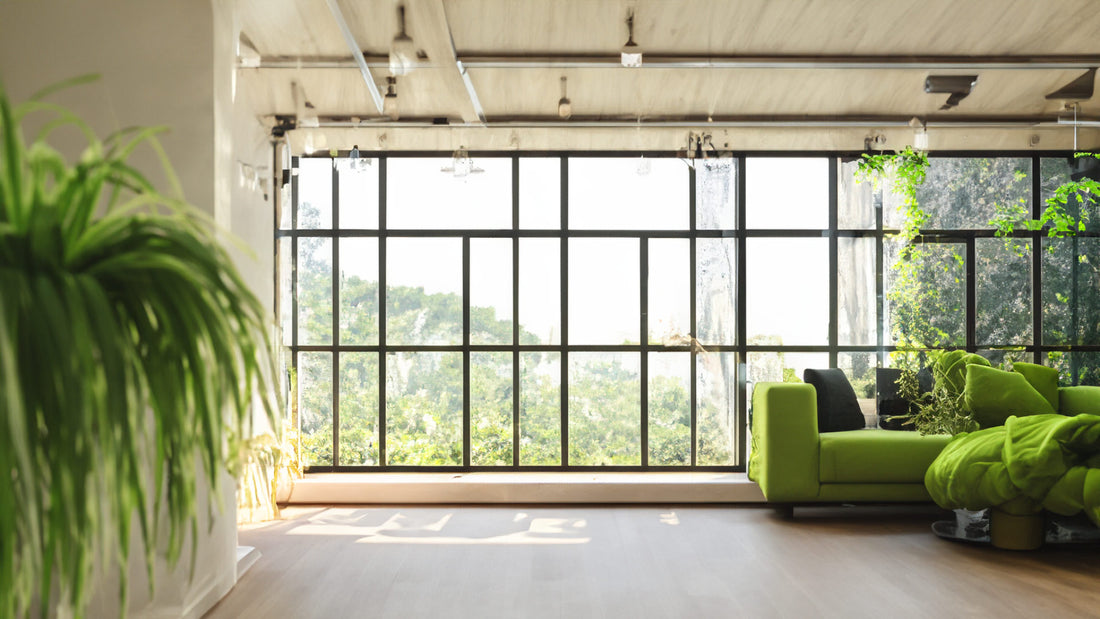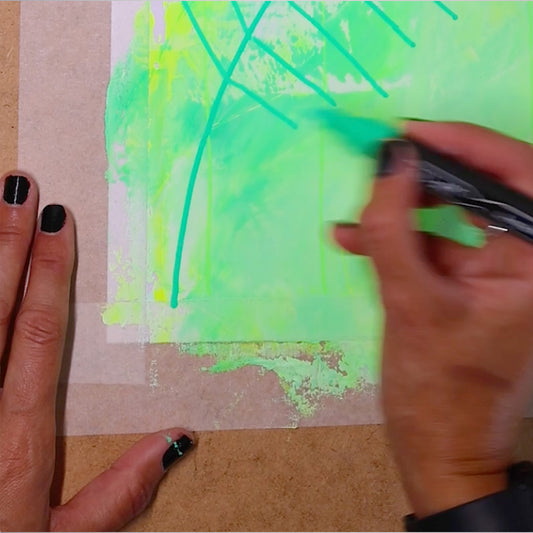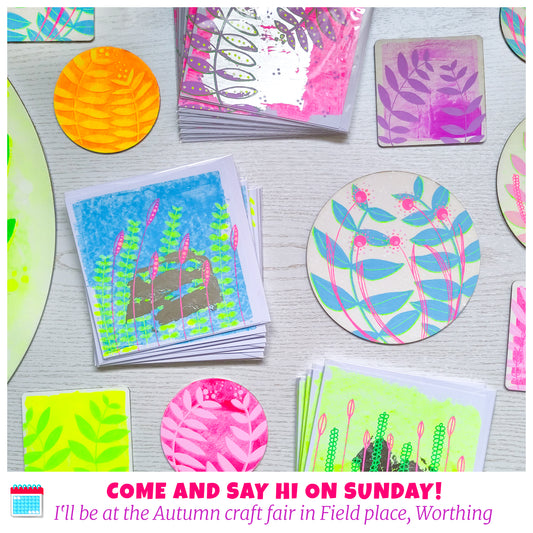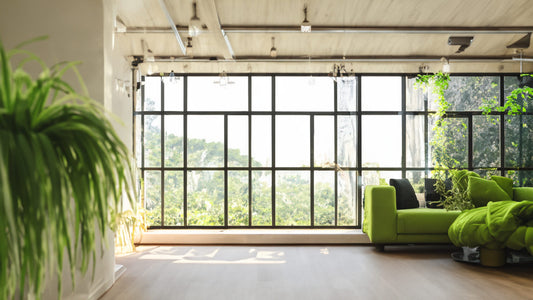Do you ever feel drained by the constant stimulation of the city? The screeching sirens, endless traffic, and crowded buildings leave you anxious and overwhelmed.
I get it. Modern life is non-stop noise, notifications, and artificial lights, keeping us up all hours of the day. With no off switch, is it any wonder we feel frazzled?
But there is a simple antidote to the madness: green.
This humble hue has an incredible power to restore calm and balance. Science confirms it. One study found that just gazing at forest green for 3 minutes dropped participants' anxiety by over 60% (Smith, 2021).
Green penetrates deep into our nervous system, slowing frantic heart rates to gentler rhythms. Researchers believe this stems from our primal association of green with nature. Green has signalled life and safety to our ancient senses for thousands of years.
Looking at verdant trees and plants triggers our parasympathetic system (the network of nerves that relaxes your body after periods of stress or danger), activating our rest and digest mode. Blood pressure decreases. Breathing becomes deeper. Our mind stops racing (Ross, 2020).
It's like a magic tonic for frazzled modern nerves.
Patients recovering from surgery in rooms with green views healed faster, needing less pain medication than those staring at drab brick walls (Kim, 2019).
Even green lighting alone can boost your attention, eyesight and sleep cycle (Alkozei, 2016).
So when you're stretched thin by urban life, surround yourself with green. Take a walk through the park, get a plant, or hang calming green artwork.
Let the restorative essence of green transport you to a more tranquil state of mind. Escape the urban jungle and find your inner calm.
References:
Smith, A. (2021). The psychology of green: How nature's verdant hue impacts the mind. Journal of Environmental Psychology, 43(2), 101-105.
Ross, H. (2020). Green office spaces: How colour and nature settings affect productivity. Interior Design Journal, 12(1), 35-40.
Kim, G. (2019). A view of green: Faster recovery with exposure to nature. Healthcare Design, 21(4), 56-59.
Alkozei, A., Smith, R., Killgore, W.D.S. (2016). Exposure to blue wavelength light modulates anterior cingulate cortex activation in response to 'uncertain' versus 'certain' anticipation of positive stimuli. Neuroscience Letters, 616, 201-207.




